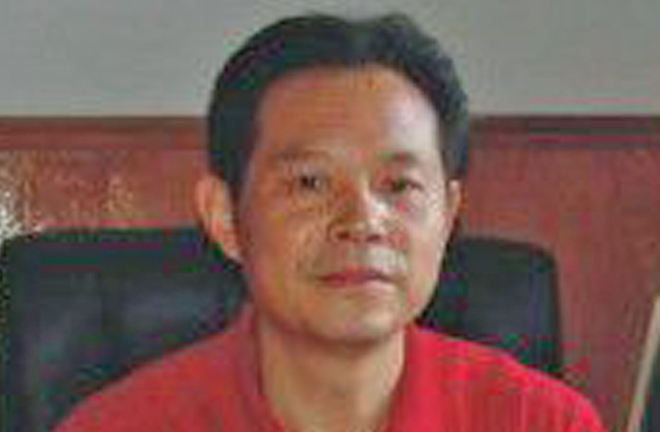LEI HONG and LIU DAN: More vacant positions needed before retirement age can be pushed back
 With an average retirement age under 55, people in China retire at a younger age than their peers in any other country, according to a report about the state of labor during the period of China’s 12th Five-Year Plan (2011-2015). Moreover, China’s demographic dividend has been disappearing as the population ages, so it is necessary to push back the country’s retirement age.
With an average retirement age under 55, people in China retire at a younger age than their peers in any other country, according to a report about the state of labor during the period of China’s 12th Five-Year Plan (2011-2015). Moreover, China’s demographic dividend has been disappearing as the population ages, so it is necessary to push back the country’s retirement age.
In addition, lifting the retirement age will help shore up the government pension fund and increase individual pension accumulation while fully utilizing human resources and increase their contribution to social and economic development. From this perspective, the decision to delay the retirement age is inevitable.
But one prerequisite must be taken into account before raising the retirement age can be expected to have an impact on social and economic development. It is necessary to first expand the labor market’s capacity, which entails an increase in the economically active population or a rise of employment figures measured at a certain time or annually. Older adults must remain in the workforce, and the numbers of newly hired employees should hold steady.
Increasing the economically active population or labor force depends on whether the labor market can expand its capacity or not, thus, the spare capacity together with the supply and demand situation of the labor market should be examined.
It can be estimated that now the labor force in China numbers around 400 million people. Newly added labor demand will not exceed 15 million each year, while the annual supply will likely swell to 25 million, according to official data.
Other conditions should also be considered in addition to the potential capacity of China’s labor market and labor supply and demand. A decrease in labor supply is led by the rigid demand coming from supply-side reform, and older workers account for the majority of this decrease. At the same time re-employment and the establishment of new labor markets creates elastic demand, so it is incredibly implausible that aggregate demand will increase.
It could be predicted that raising the retirement age will first take place in government agencies, institutions and civil service units. This can be seen based on China’s social structure and differences in terms of employment and personnel management between the workers within the public sector and those outside of it.
On the one hand, the organizations within the system will retain older workers. On the other hand, the number of officially budgeted posts in these organizations is limited and it’s impossible for them to add a large number of budgeted posts now, creating a barrier to increasing labor demand.
The labor units in the private sector sign temporary contracts with workers or selectively sign labor contracts with some workers. Pursuing efficiency and profit, private companies are prone to hire young workers. So the private sector is less enthusiastic about the policy of delaying the retirement age and will not immediately set a timetable. Accordingly, there is a low probability that labor demand will increase in the private sector, because they will continue to refuse to hire older workers and won’t recruit more young staff members without new driving forces for economic growth.
In sum, the supply of labor may not experience obvious or confirmed changes while it’s uncertain or unlikely to increase the aggregate demand, even suffering a decline in labor demand, over the course of the next few years that the reform will be applied across the board.
Postponing the retirement age will undoubtedly reduce the demand for new hires, which might restrict its positive function in terms of boosting social and economic development. We have to wait for the right time to carry out the reform, i.e. to wait until there is sufficient space in China’s labor market.
Lei Hong and Liu Dan are from the Department of Sociology at Huazhong University of Science and Technology.
